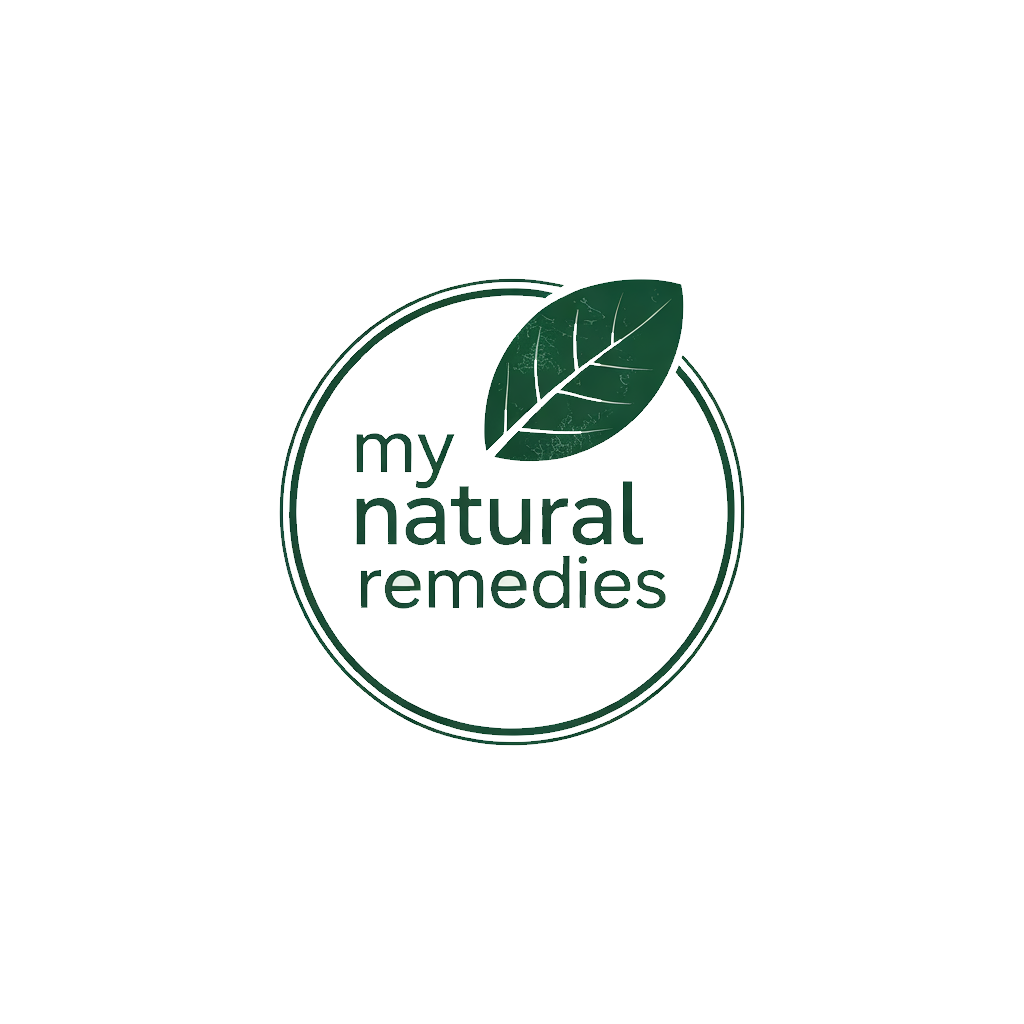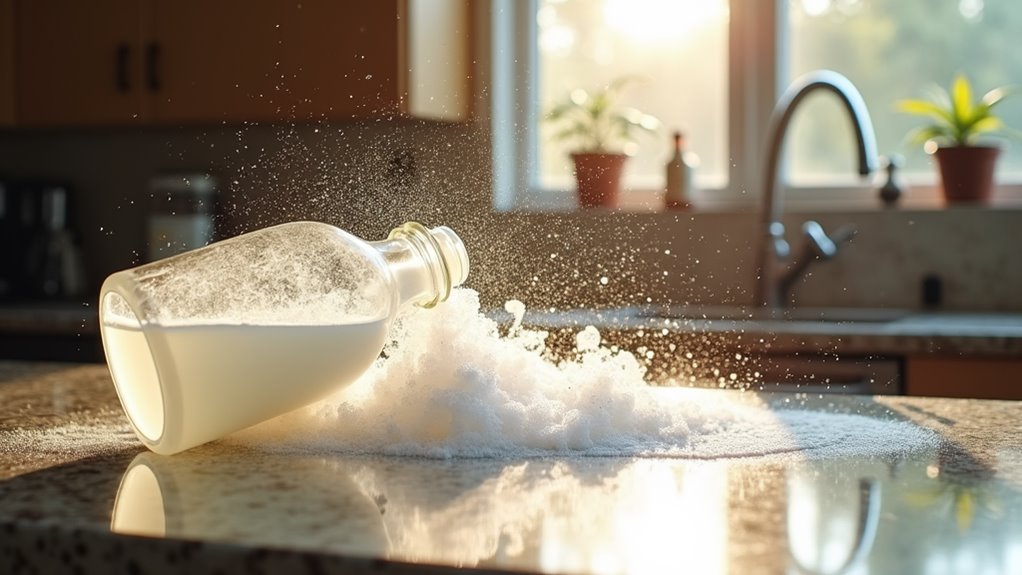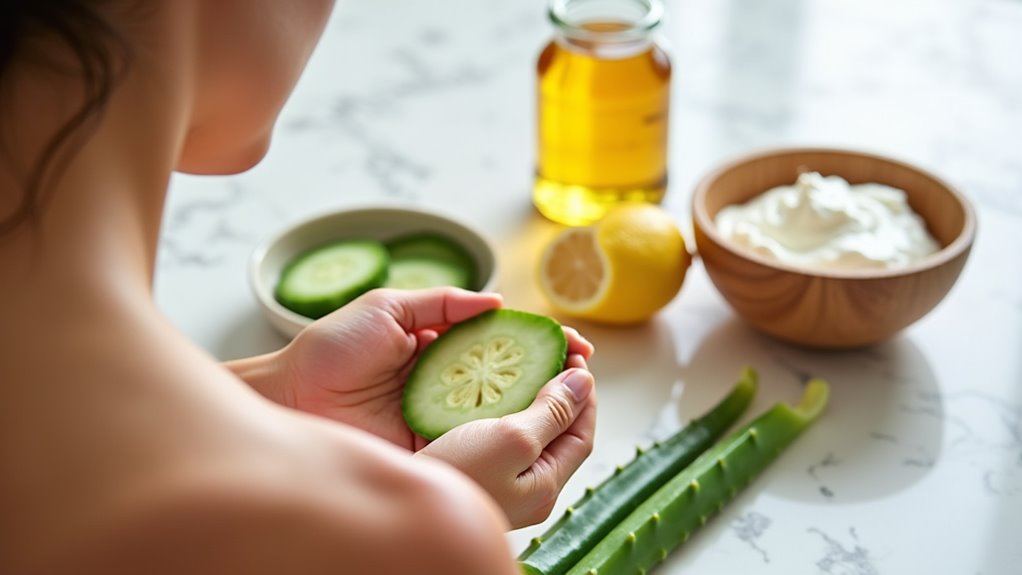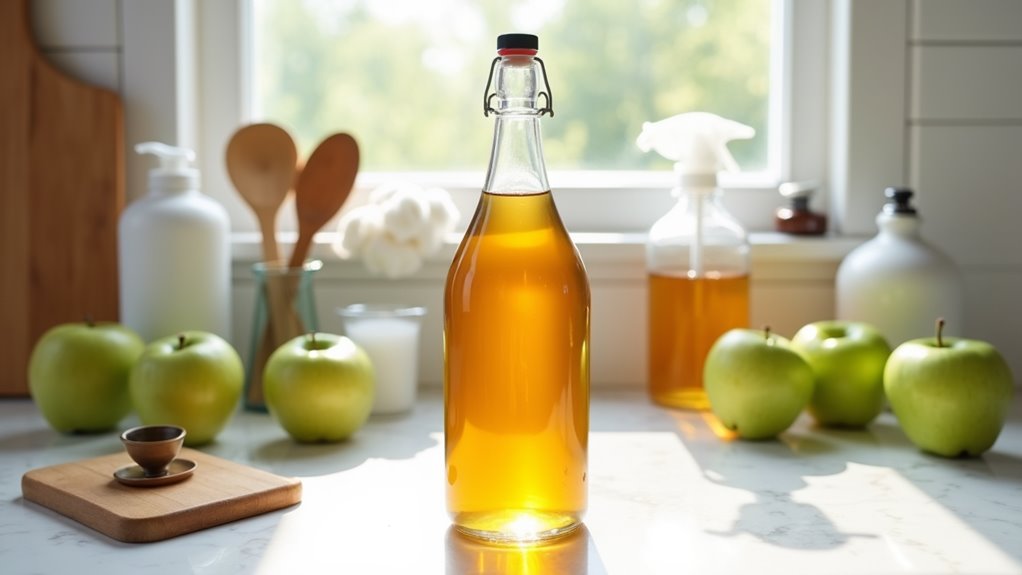Why You Should NEVER Mix Baking Soda With This
While you might think mixing baking soda and vinegar creates a cleaning powerhouse, you’re actually neutralizing both ingredients‘ effectiveness. The familiar fizzing reaction produces mostly water and sodium acetate (salt water), making it far less potent than using either cleaner alone. Instead of wasting these valuable natural cleaners, you’ll get better results using them separately. Discover how to harness the full potential of these household staples the right way.
The Science Behind Baking Soda and Vinegar Reactions
When baking soda meets vinegar, it triggers an immediate acid-base reaction that creates carbon dioxide gas, water, and sodium acetate.
You’ll notice this reaction by the fizzing and bubbling that occurs as the carbon dioxide escapes into the air. While this reaction might seem fun and harmless, it’s important to understand that once it happens, both ingredients lose their original cleaning properties.
You’ve probably seen many baking soda uses promoted online, from cleaning drains to deodorizing your fridge.
But mixing it with vinegar essentially neutralizes both substances, leaving you with salty water that’s far less effective than either ingredient on its own.
Instead of combining them, you’ll get better results by using these powerhouse cleaners separately.
Save the baking soda for scrubbing surfaces and absorbing odors, and let vinegar tackle lime deposits and tough stains on its own.
Common Myths About This Popular Cleaning Combination
Despite the scientific evidence against mixing baking soda and vinegar, numerous cleaning myths continue to circulate online and through word-of-mouth. You’ll often hear well-meaning friends claim this combination creates a powerful cleaning solution, but science tells us otherwise.
| Myth | Reality | What to Use Instead |
|---|---|---|
| Cleans drains better | Fizzing action mostly water | Enzyme cleaner |
| Boosts cleaning power | Neutralizes both ingredients | Use separately |
| Removes tough stains | Creates ineffective salt water | Oxygen bleach |
| Safe for all surfaces | Can damage grout/stone | Test specific cleaners |
| More eco-friendly | Wastes active ingredients | Single eco-product |
Don’t let these common misconceptions fool you into wasting your cleaning supplies. While the bubbling reaction might look impressive, you’re actually neutralizing the cleaning power of both ingredients. Instead, use each product separately to maximize their unique cleaning properties and save money in the process.
Potential Risks and Safety Concerns
Although mixing baking soda and vinegar isn’t typically dangerous, combining them with other cleaning products can create serious hazards.
When you add bleach to this mixture, you’ll release toxic chlorine gas that can cause severe respiratory problems. Similarly, mixing baking soda solutions with ammonia-based cleaners can produce dangerous fumes.
You’ll want to avoid combining baking soda with any acidic cleaning products, as these reactions can cause unexpected splashing that might harm your eyes or skin.
If you’re like many of us who store cleaning supplies under the sink, keep baking soda separate from other chemicals to prevent accidental mixing.
Better Alternatives for Natural Cleaning
If you’re looking for safer natural cleaning alternatives, several effective options work better than mixing baking soda with other products.
White vinegar on its own is excellent for disinfecting surfaces and removing mineral deposits. Pure lemon juice cuts through grease and leaves a fresh scent, while hydrogen peroxide safely disinfects without harmful chemical interactions.
For those wanting to join the eco-friendly cleaning movement, try combining distilled water with essential oils like tea tree, lavender, or eucalyptus. These natural combinations are both safe and effective.
You’ll also find that castile soap makes an excellent all-purpose cleaner when diluted properly. Many conscious consumers are switching to enzyme-based cleaners, which break down organic matter naturally. Additionally, using humidifiers to maintain humidity levels can also create a healthier living environment.
Remember to store these alternatives separately and label them clearly. You’ll get the same great cleaning results while protecting yourself and your family from potentially dangerous chemical reactions.
Making the Most of Baking Soda Alone
While many people seek complex cleaning solutions, baking soda works remarkably well on its own. You’ll find that this versatile powder can tackle most household cleaning tasks without needing to mix it with other products. It’s both cost-effective and safer than combining multiple cleaning agents.
To get the most out of pure baking soda, focus on these proven techniques:
-
Sprinkle it directly on surfaces and let it sit for 15 minutes before wiping – this method works great for sinks, tubs, and countertops.
-
Create a paste using just water for tough stains, allowing you to control the consistency based on your needs.
-
Use it dry as a carpet deodorizer by sprinkling it liberally, waiting an hour, then vacuuming thoroughly.
In addition to cleaning, baking soda’s natural deodorizing properties make it perfect for everyday tasks. You don’t need fancy combinations when you understand how to use baking soda properly. Its natural abrasiveness and deodorizing properties make it perfect for everyday cleaning tasks.
Safe and Effective Ways to Use Vinegar Separately
Just as baking soda works best alone, vinegar proves most effective when used separately from other cleaning agents.
You’ll get amazing results using vinegar by itself to tackle common household challenges. Pour it directly onto lime scale in your bathroom, or use it to clean your coffee maker by running a cycle with pure vinegar followed by water rinses.
You can create a powerful all-purpose cleaner by diluting white vinegar with equal parts water. This solution works wonders on windows, countertops, and tile floors without leaving harmful chemical residues.
For stubborn problems like shower mold or microwave grime, heat white vinegar until it’s steaming, then let it work its magic.
Many homeowners also swear by vinegar for cleaning wooden cutting boards, removing watermarks from furniture, and descaling kettles. Additionally, vinegar can be used in conjunction with baking soda for enhanced cleaning properties when applied separately, as each has unique cleaning strengths.
Just remember to always test vinegar on a small hidden area first, as its acidity can damage certain surfaces.
Frequently Asked Questions
Can Baking Soda and Vinegar Reactions Damage My Home’s Plumbing System?
You’re safe using baking soda and vinegar in pipes occasionally, but don’t overdo it. The fizzy reaction isn’t strong enough to damage plumbing, though it’s not the most effective cleaning method.
How Long Does the Chemical Reaction Between Baking Soda and Vinegar Last?
You’ll notice the fizzy reaction between baking soda and vinegar lasts only about 2-3 minutes. After that, you’re left with water and sodium acetate, a harmless salt solution.
Does the Temperature of Vinegar Affect Its Reaction With Baking Soda?
Yes, temperature affects your reaction! When you use warmer vinegar, you’ll see a faster, more vigorous fizzing with baking soda, while cold vinegar creates a slower, less dramatic reaction.
What Happens if Baking Soda and Vinegar Mixture Gets on Clothing?
If you get a baking soda and vinegar mix on your clothes, don’t worry! Just rinse it quickly with cold water. The reaction won’t damage your fabrics but might leave a slight stain.
Can Mixing Baking Soda and Vinegar Create Harmful Fumes in Enclosed Spaces?
You’re safe mixing baking soda and vinegar – they create carbon dioxide gas, water, and sodium acetate. While these aren’t toxic, it’s best to have ventilation to avoid oxygen displacement.





